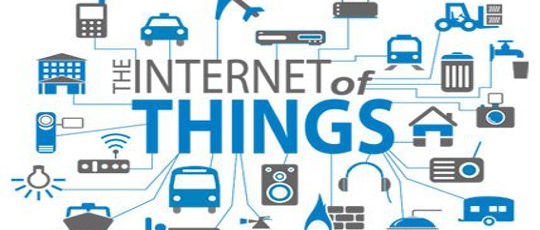
3 things to consider if you want to make your IoT project work harder
Posted on October 5, 2016 by TheStorageChap in Big Data and Analytics, Internet of Things2016 has marked a step-change in attitudes towards IoT and connected devices. It is no longer just a buzz word, but something businesses see a clear and measurable purpose for.
According to Vodafone’s 2016 IoT barometer 61% of businesses now consistently see IoT as an integral part of wider business initiatives. And 63% of those who have already adopted IoT tech say they have seen a significant return on their investment.
However most of the organisations I speak to about the potential for IoT are only thinking about the immediate output of the particular use-case they are considering. Whilst they are not wrong to focus on generating immediate ROI, which is usually done by automating a business process, they are missing out on the full benefits by not considering how to make more of the enormous amount of data that wearable and connected devices provide.
And so I have compiled a list of 3 things you should be considering beyond the immeadiate ROI to make your IoT project work harder:
- Collate & cross-analyse your IoT data with other business information – to identify other areas for growth and improvements. Disney World has created a connected wristband which allows visitors to check-in to the park, buy food and gain fast pass on rides. Their primary use-case is to improve the customer experience but by collating and cross-analysing the data produced with information they have from other departments they can see which areas of the park and purchases are the most popular, and then modify staff rotas, stock management and recipe planning to make further improvements, increase margins and reduce wastage.
- Weave in third-party data to improve your predictive potential – and improve these insights even further. My colleague Mark Sear talks through how fast-food brands could use information about programming schedules and the weather to better predict what to cook and when in his post “How big data can make fast-food even faster”. Similarly in my last post “How to improve your physical security with data analytics in 4 simple steps” I discuss how organisations with physical security needs can improve their efforts by combining their own data with that from third-parties. For example, video footage from public transport routes that run next to your building could alert you to a suspicious group of individuals travelling towards you before your own connected cameras even pick up on them.
- Package up your data exhaust to generate new revenue streams – As I mentioned in a previous post, “Six Benefits of Implementing a Big Data Strategy in Healthcare”, if packaged well this data could be of tremendous use to third parties, as well as the original investors themselves – provided they are willing to embrace innovation and can successfully anonymise and otherwise protect the data within local data protection and regulatory contexts. For example, car manufacturers could package up data from connected cars about location, driving speeds, regular journeys taken, potholes, with accident data taken from roads to help insurance providers assess risks and optimise their premiums accordingly. This kind of information could also prove useful for the local authorities & the emergency services responsible for looking after accident hot-spots. Engineers at Jaguar Land Rover have already developed a ‘pothole alert’ system that transmits information gleaned by scanners in the car so that other vehicles on the same road are aware of the hazardous crater well before they reach it.
A secure foundation underneath all of this is vital as the ability to track and understand people’s lives in more detail than ever could pose serious risks if the data fell into the wrong hands. Organisations must ensure that they invest in adequate protection, not only for the safety of their customers but also their brand.
As you can see IoT projects can produce long-term and sustainable benefits if the secondary, and often external, use-cases are considered properly. However, the success of this is based entirely upon an organisations ability to classify, manage, secure and analyse the data produced. Without the right IT expertise, business leaders will struggle to tap into IoT data assets to drive additional commercial value.
Discussion · No Comments
There are no responses to "3 things to consider if you want to make your IoT project work harder".No one has posted a comment on this post yet. Start the discussion!
Leave a Comment